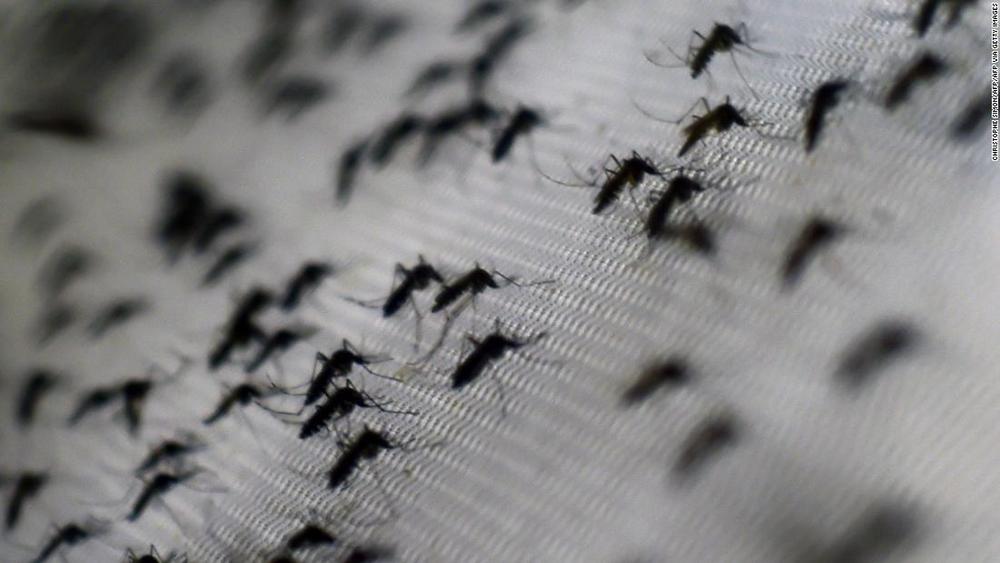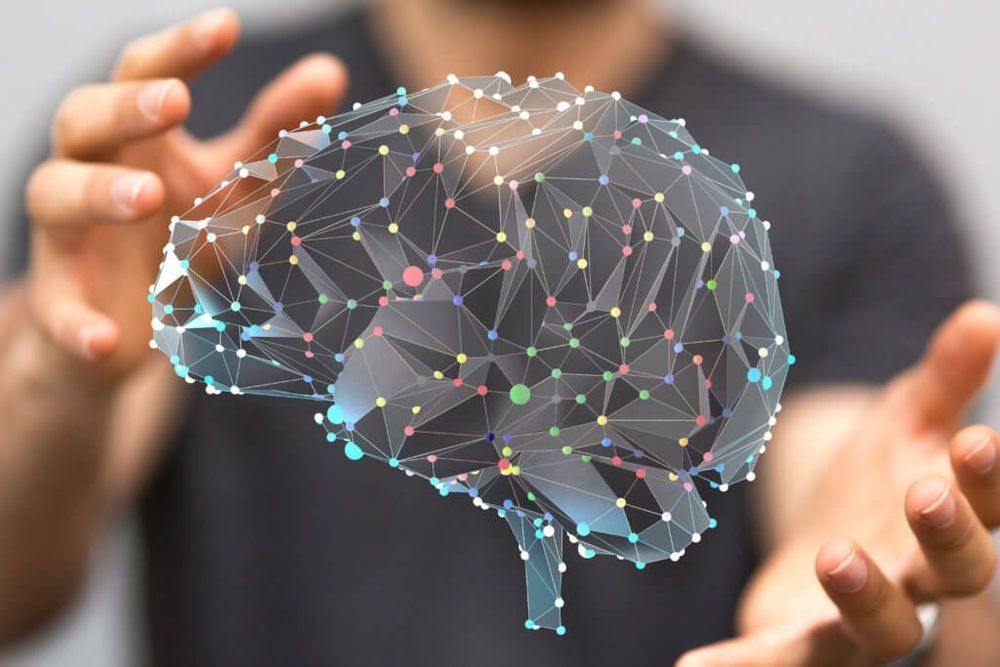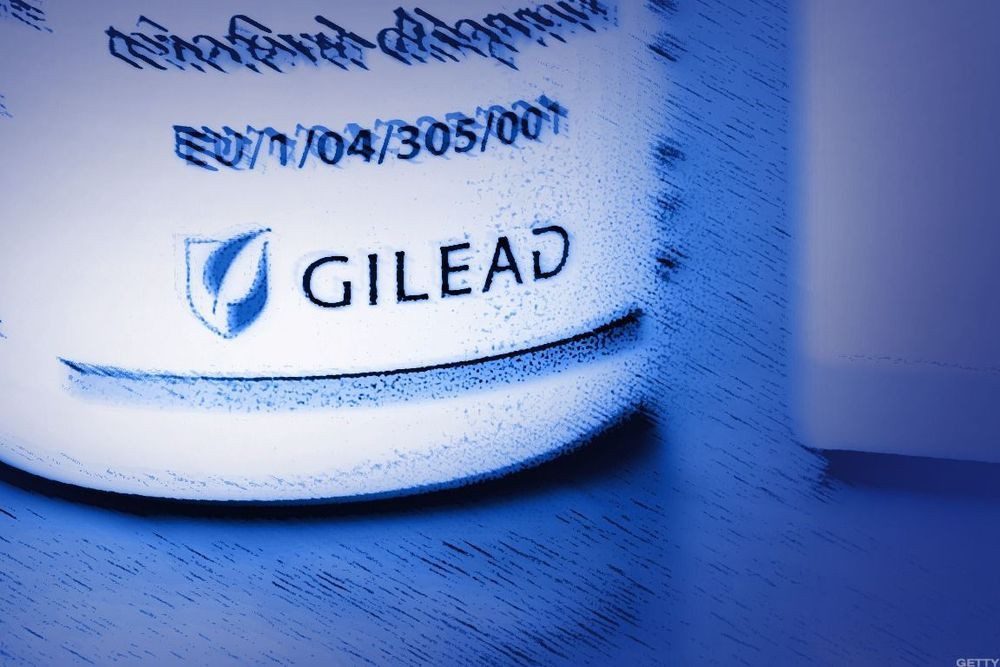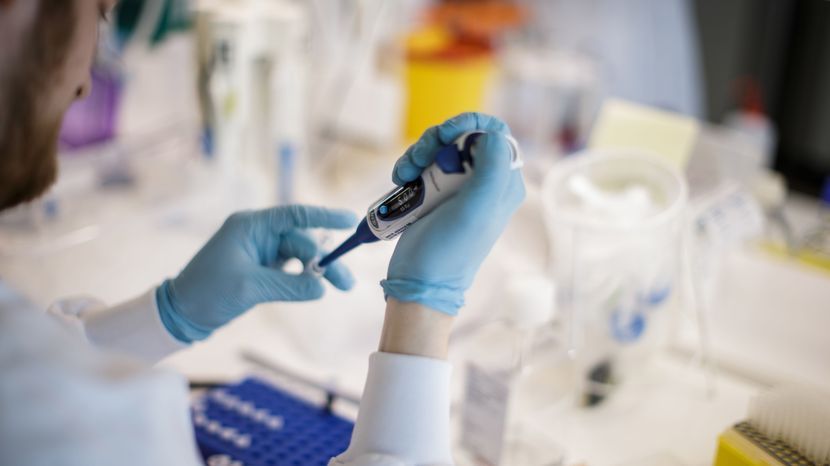Jul 14, 2020
Singapore is on track to face its worst dengue outbreak in history
Posted by Quinn Sena in category: biotech/medical
Singapore has just begun to get its second wave of coronavirus under control. Now, it’s on track to face its worst-ever outbreak of another viral infection: dengue.
More than 14,000 dengue cases have been reported in the city-state since the start of the year, according to the National Environment Agency (NEA). The total number for the whole year is expected to exceed the 22,170 cases reported in 2013 — the largest dengue outbreak in Singapore’s history, the agency said.
Dengue is a viral infection transmitted by the Aedes mosquito, the same insect responsible for spreading Zika, chikungunya and yellow fever. It is commonly found in hot, wet regions of the tropics and subtropics during the rainy months.

















